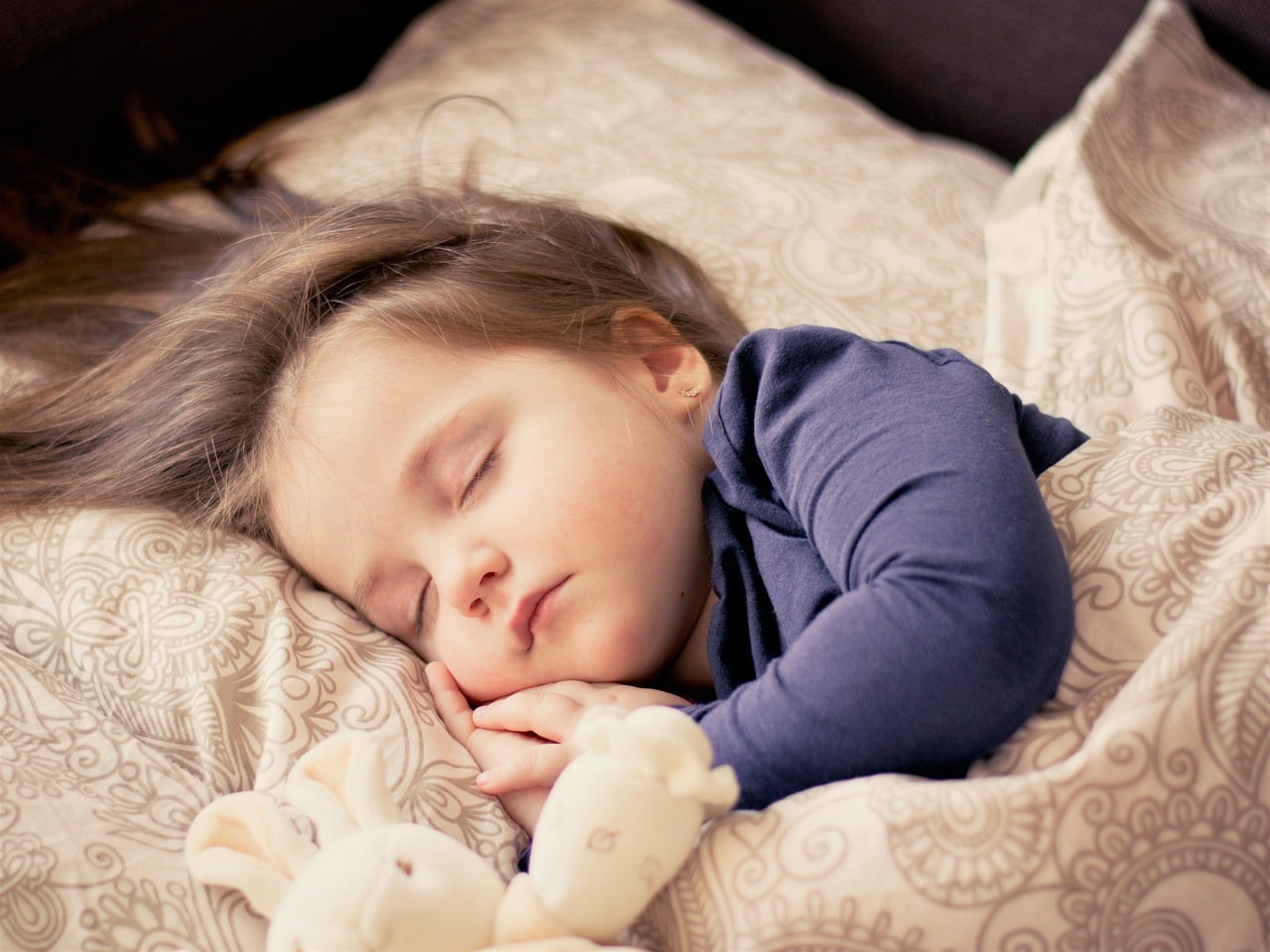Noise-induced hearing loss (NIHL) is a form of permanent hearing loss that results from long-term exposure to loud sounds. This occurs because loud noises can damage sensitive hair cells in the inner ear. These hair cells, located in the cochlea, play a critical role in transmitting sound signals to the brain. When they are damaged by high noise levels, hearing loss can occur.
It’s common for people to use sound machines to help aid with sleep, especially with young children. There are potential risks associated with the noise produced by sound machines if used improperly.
Here’s what you should know about NIHL and how to protect young children’s hearing.
How Noise-Induced Hearing Loss Develops
NIHL often arises after repeated exposure to sounds at or above 85 decibels (dB). The risk of hearing loss increases with both the loudness of the noise and the length of time spent exposed to it. Over time, loud sounds can lead to irreversible damage to the hair cells in the cochlea, resulting in lasting hearing loss.
Some everyday sources of noise that can contribute to NIHL include:
- Music listened to at high volumes through earbuds or headphones
- Loud machinery or power tools, like lawnmowers and leaf blowers
- Large events with amplified sound, such as concerts at [local-music venue], or sporting events.
The Impact of Sound Machines on Infant Hearing

Sound machines are widely used to soothe infants to sleep, and while they can be helpful, there are potential risks if they’re too loud or used continuously. Because infants’ ears are still developing, exposure to high volumes from sound machines may cause hearing damage.
Many sound machines can produce sounds that exceed 50 dB, and if they are placed too close to an infant’s crib, they can sometimes reach levels above 85 dB, putting infants at risk for NIHL.
To use sound machines safely with infants, consider these tips:
- Place the sound machine at least seven feet away from the crib or child’s sleeping area.
- Keep the volume at the lowest level that is effective and ensure that the device has a volume control option.
- Use a timer to prevent the machine from running all night and aim to limit usage to under eight hours.
Preventing Hearing Loss in Infants and Children
By following these guidelines, you can help protect your child’s hearing and reduce the risk of long-term damage from sound machines or other noise sources. Always be cautious with sound exposure around young children and monitor volume levels to keep their developing ears safe.
If you have concerns about noise exposure or hearing health, it’s best to consult a hearing specialist. They can provide guidance on safe listening practices and assess any potential hearing issues.
Newborns are typically screened for hearing issues at birth, but if you notice any concerns about your child’s hearing as they grow, it’s essential to seek a professional consultation.
Contact Valley Audiology to schedule a hearing assessment for your child or any loved one if you have concerns about hearing health.
[related-posts]